All rights reserved. No part of this book may be reproduced in any form by any electronic or mechanical means (including photocopying, recording, or information storage and retrieval) without permission in writing from the publisher.
Names: Cook, Matt (Matthew), author.
Title: Sleight of mind: 75 ingenious paradoxes in mathematics, physics, and philosophy / Matt Cook.
Description: Cambridge, MA: MIT Press, 2020. | Includes bibliographical references and index.
Identifiers: LCCN 2019013954 | ISBN 9780262043465 (hardcover: alk. paper)
Subjects: LCSH: Paradox.
And to my father, whose curiosity burns brighter than the stars.
Contents
List of Figures
A bijection using rays of light.
Sphere A, which has two axes of rotation.
Sphere A shown twice, with lines of longitude and latitude relative to rotational axes.
Naming and coloring points on an orbit.
Homer dashing along a partitioned track in either direction.
Achilles chasing the tortoise, reaching various milestones.
Arrows at rest at every point in time.
A motion function in one dimension.
Zenos Stadium.
A pixelated game avatar.
Numbered balls may pass in and out of a tube.
Number of balls in the tube as time proceeds, with a fitted curve.
Point masses collide in an endless Newtons cradle.
A Newtons cradle.
A PDF.
The experimenters procedure for Sleeping Beauty.
The Enigmatic Gumball Machine.
Buttons of the Enigmatic Gumball Machine.
Your money doubles each time the coin turns up heads.
A plot of the natural logarithm.
Calculating the probability that y = x.
A basic exponential distribution.
A regression with misleading results.
A normal-form game.
An extensive-form game.
An extensive-form game with imperfect information.
Prisoners Dilemma, normal form.
A paradoxical road network.
Game A: Zadraki choose death beams, probability 1 p.
Game B: Zadraki choose the photonic cannon, probability p.
Master cataloging at the national library.
A centipede game.
The infinite staircase with a mile-high second step (not to scale).
A target with a bulls-eye.
Levels 03 of the Cantor set.
Levels 03 of the Sierpiski carpet.
Level 8 of the Sierpiski carpet.
Level 1 of the Menger sponge.
Levels 03 of the Koch snowflake.
Aristotles wheels.
One coin rotating around the other.
The cardioid path drawn by the initial tangent point of Coin B.
The roly-polys staircase, created iteratively.
Stacking blocks.
The ant on his adventure around the expanding rubber band.
First twenty partial sums of the Grandi series.
The average partial sums of the Grandi series converging to  .
.
Microstates and entropy in a coin-flipping experiment.
Maxwells demon selectively opening the door.
The Brownian ratchet mechanism.
Regular sprinkler versus the Feynman sprinkler.
Forces acting on sprinklers during a steady state of water flow.
The situation from Person As point of view.
The situation from Person Bs point of view.
Scott and Jamess time dilation experiment.
The lights trajectory in Scotts reference frame.
The lights trajectory in Jamess reference frame.
Scott and Jamess length contraction experiment.
The lights trajectory in Scotts reference frame.
The lights new trajectory in Jamess reference frame.
Bob watching Alices train go by.
The train approaching the paint spots, from Alices point of view.
The train approaching the paint spots, from Bobs point of view.
Two timelike-separated events (the two black dots) can be connected by a light ray and a mirror in spacetime.
Johns trajectory (the dashed line) and Heathers trajectory (the solid line) in spacetime.
John is stationary while Heather moves at a constant speed in a circle.
Ann, and two ships accelerating from rest at the same rate.
The trajectories of the two spaceships, idealized as points, as viewed in Anns reference frame. Notice that the two ships always have the same horizontal separation in this frame.
The gray lines are instantaneous lines of simultaneity for the tailing spaceship. Each line intersects the leading ships trajectory farther from the corresponding point where the line of simultaneity originated on the tailing ships trajectory.
Loies spinning disk. Notice how at any given moment, points on a line drawn from the center of the disk to its edge have velocities that are perpendicular to that line.
Divide Loies disk into N segments and imagine speeding it up a bit. The acceleration of the leading end point of any segment must be larger than the acceleration of the segments tailing end point.
Higher water pressure at the bottom of the tin produces a bigger force there than at the top of the tin.
A submarine at rest. Its density is the same as that of water, so the buoyant force, Fb, exactly counteracts the force due to gravity, Fg.
The submarine starts to move to the right. The buoyant force is now smaller.
From the point of view of the submarine, the water is flowing to the left. In this frame, the buoyant force is apparently greater.
Using calculus, you can think of the total buoyant force as being the sum of contributions from a bunch of little packets of displaced waterthe little cubes on the right.
Setup of the double-slit experiment.
Pattern on the screen as more and more paint balls are fired.
Interference pattern created by water waves passing through slits.
Pattern on the screen as more and more electrons are fired.
Schrdingers cat.
Probability of measuring a state change as time passes since the previous measurement.
The Pythagorean theorem states a2 + b2 = c2.
List of Tables
Proper accounting of the initial $30.
Procedure A.
Procedure B.
Ratios of men to women by department and in each university.
Three squash games between John and Amy.
Probabilities of transmission pairs.
Acknowledgments
This book was a departure from my romance with thriller writing. Fiction is pure invention. The novelist creates the characters and joins in their adventures. Writing this book was an exercise in discovery. The process was a tale of many labyrinths, all part of a greater maze.


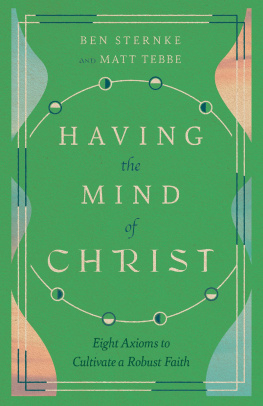


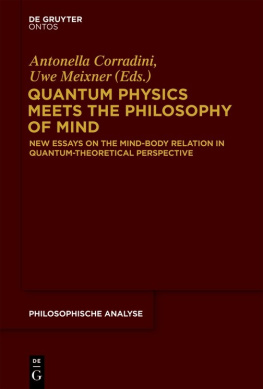
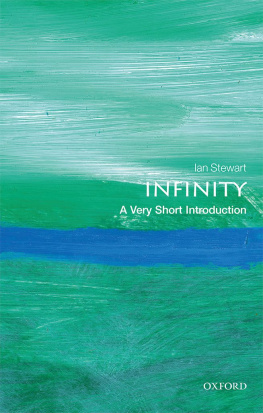
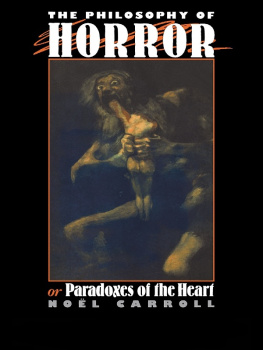
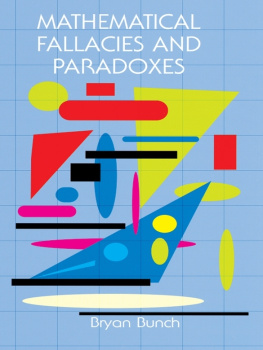

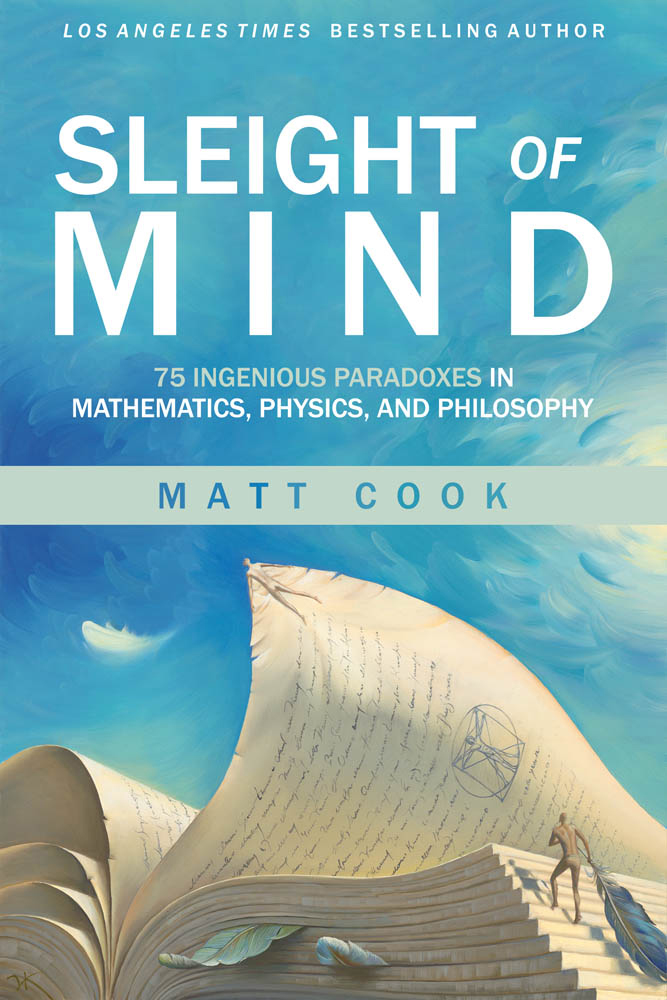
 .
.